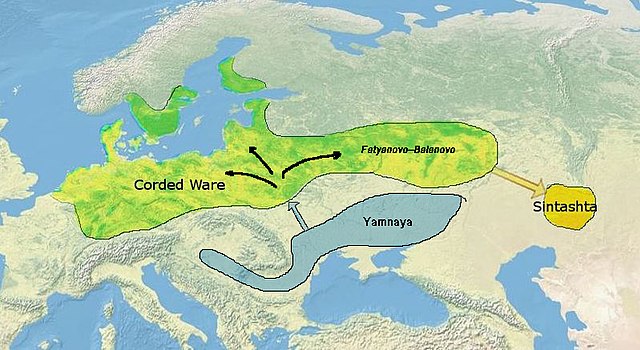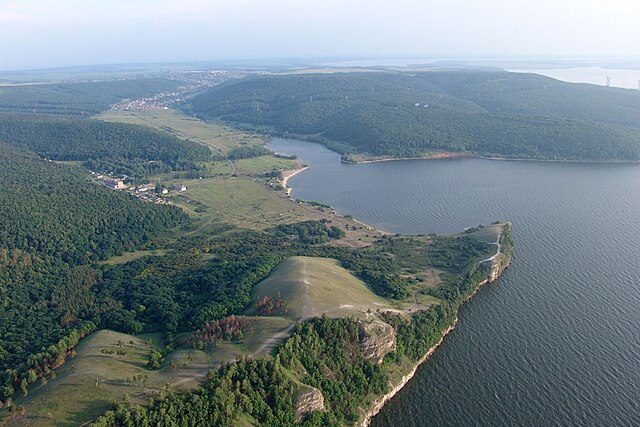In archaeogenetics, the term Western Steppe Herders (WSH), or Western Steppe Pastoralists, is the name given to a distinct ancestral component first identified in individuals from the Chalcolithic steppe around the turn of the 5th millennium BC, subsequently detected in several genetically similar or directly related ancient populations including the Khvalynsk, Sredny Stog, and Yamnaya cultures, and found in substantial levels in contemporary European, West Asian and South Asian populations. This ancestry is often referred to as Yamnaya ancestry, Yamnaya-related ancestry, Steppe ancestry or Steppe-related ancestry.

Migration of Yamnaya-related people, according to Anthony (2007), (2017); Narasimhan et al. (2019); Nordqvist & Heyd (2020): 3000 BC: Initial eastward migration initiating the Afanasievo culture, possibly Proto-Tocharian. 2900 BC: North-westward migrations carrying Corded Ware culture, transforming into Bell Beaker; according to Anthony, westward migration west of Carpatians into Hungary as Yamnaya, transforming into Bell Beaker, possibly ancestral to
Scheme of Indo-European migrations from c. 3000 to 800 BC
The eastern part of the Corded Ware culture contributed to the Sintashta culture (c. 2100–1800 BC), where the Indo-Iranian languages and culture emerged.
Yamnaya-related migrations according to Narasimhan et al. (2019).
The Khvalynsk culture is a Middle Copper Age Eneolithic culture of the middle Volga region. It takes its name from Khvalynsk in Saratov Oblast. The Khvalynsk culture is found from the Samara Bend in the north to the North Caucasus in the south, from the Sea of Azov in the west to the Ural River in the east. It was preceded by the Early Eneolithic Samara culture.
Khvalynsk culture
A typical kurgan at the Samara Bend National Park
Steppe landscape in the Samara region
Landscape of the Khvalynsk Hills








